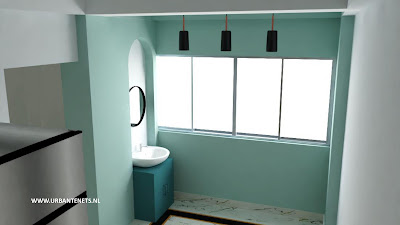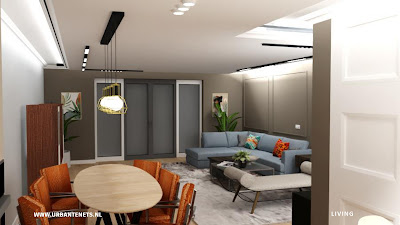Urban Tenets - Interior Design Sample Works Netherlands and Global. Serving all needs and Budgets with Flexible Packages. DM or Contact@urbantenets.nl to schedule 1st Free consultation. #Homedecor #Interiordesign #Amsterdam #Hague #Utrecht #Rotterdam #Netherlands
Choose your persona type(s) and your indicative Interior design match!
Every client is different. Check below which persona you
are, and you will get the tailored solution
1. You are a busy person and look for convenience and
functionality
AN INTERIOR THAT REFLECTS YOUR COMMITMENT, GIVES YOU
FUNCTIONALITY AND SERVES AS A MEDIUM TO GAIN WORK-LIFE BALANCE
2. You are outgoing and social
A WELCOMING ENVIRONMENT WITH AN INTERIOR THAT MATCHES YOUR
ENERGY
3. You are a private person
A CALM, RELAXING, AND PEACEFUL INTERIOR ATMOSPHERE THAT
MATCHES YOUR TEMPERAMENT
4. You are outgoing but your spouse is socially conservative
AN INTERIOR THAT ACCOMMODATES AND RESPECTS THE NEEDS OF
BOTH, SPACES THAT CATER TO GROUP SETTINGS, AS WELL AS SPACES THAT ARE
PERSONALIZED.
5. You admire the best of modernity, still rooted in your
culture
AN INTERIOR WITH A SENSIBLE BLEND OF MODERN DUTCH AND NATIVE
DESIGN ELEMENTS WILL WORK WONDERS.
6. You are sustainability conscious
A LUSH, SUSTAINABLE, AND CIRCULAR HOME THAT GIVES YOU A
SENSE OF SATISFACTION.
7. You simply want to pep up your interior
INTERIOR VIBE THAT ELEVATES YOU.
8. You already have an image in mind about how your interior
should look like
YOUR IDEAS GET TRANSLATED INTO THE FORM OF AN INTERIOR THAT
YOU ALWAYS WANTED
9. You have big plans for your interior, but you are
cautious and want to start small
TAKE THE FIRST STEP, AND YOU WILL GET THERE.
If you have found your persona, let's chat! Know that all
your needs will get covered here!!
CONTACT NOW
contact@urbantenets.nl
Urban Tenets, Netherlands and Global
Registered with the Chamber of Commerce Netherlands, (KVK)
*************************************************************************
About Urban Tenets:
As a sole proprietor firm, it provides Urban Management
Services among others in the Netherlands and Globally
Email: contact@urbantenets.nl
Website: https://urbantenets.nl/













































